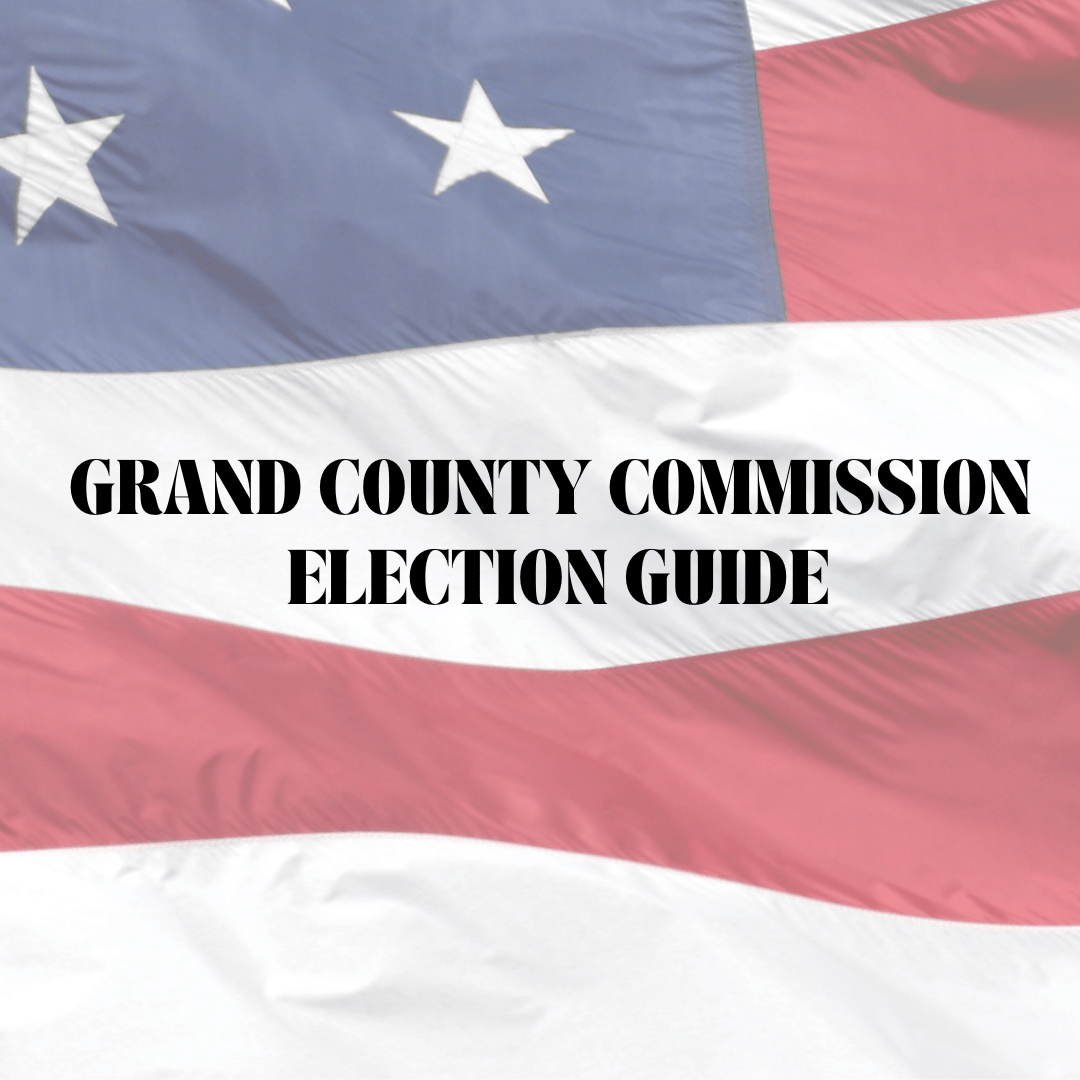“I reserve the word ‘sucks’ for special meetings, but I want to say it sucks to have to be still talking about this years later,” said Councilmember Rani Derasary at the March 22 city council meeting during a discussion on maximum adult residential occupancy within city limits. The issue had previously come up in 2018, Derasary said.
Recently, the council has heard complaints, mostly from residents who live on Arches Drive, about the lack of city code restricting the number of non-related adults allowed to reside in the same property—what some residents refer to as a “bunkhouse.” Councilmember Kalen Jones said he heard from residents that too many adults living in one property can cause traffic and noise issues for the rest of the neighborhood.
“I don’t want residents to have to be dealing with this so much longer,” Derasary said. According to Derasary, historically in Moab, corporations have bought property within city limits to house employees. “The question is, do we do nothing, and is this the new pattern? … Is this a use we should name in our code? Is this a use that belongs in every zone?”
Derasary said there should be official responsibility taken for properties that house multiple adults, so when there are problems, reporting those issues doesn’t fall to the neighbors.
“The employer is getting the benefit of having the home there, but other people on the street are having to, in some cases, be the narcs or the babysitters,” she said.
Councilmember Jason Taylor, who also owns Canyonlands Jeep Adventures, has experience owning a “bunkhouse,” he said, a property that housed multiple employees. He acknowledged that managing the house—both as the landlord and as the boss—was a lot of work.
“I had good relationships with my neighbors—they had my phone number when I had employees dancing on the roof,” he said. “I got phone calls, and I had to go smooth things out.”
Arches Drive
Arches Drive is located in the R2 zone, which is meant for single-family and two-family dwellings. The property at 100 Arches Drive, which was formerly a bed and breakfast, was recently sold and transformed into what neighborhood residents are calling a “bunkhouse.” There have been multiple complaints, city council members said, as to why the property is allowed in that zone.
The property was originally constructed as a single-family residence, said Cory Shurtleff, the city planning director.
“The definition of a dwelling or a dwelling unit gets boiled down to, basically, the kitchen,” he said. “You can have a number of bedrooms, bathrooms, and living spaces, but what we actually look at, that defines what a dwelling unit is, is a kitchen, and more specifically within that, the heating element.”
The new property owner, listed as “Arches Drive LLC” on the Grand County parcel map, proposed dividing the structure into a duplex. This is still allowed within the R2 zone, as there are only two kitchens. The owner added two bedrooms to each side of the duplex, turning the total number of bedrooms on the entire property into fourteen, from ten, and proposed creating more parking for the property. As far as zoning compliance is concerned, Shurtleff said, the property is technically in compliance.
Barry Ellison, who runs building inspection at the city, said that the use of the structure will primarily function on the day-to-day like a single-family home, meaning it’s in compliance with the building code as well.
“I’ve talked to the owners [of the Arches Drive property], and I feel like they have a good plan,” Taylor said. “But that’s not to say that things aren’t going to change in three years, or that the next bunkhouse that goes in is going to have the same plan … So I think that we do need to come up with a plan as to where this type of housing can go, and how to protect these residential neighborhoods.”
Taylor also acknowledged that while those housing situations impact neighborhoods, if they didn’t exist at all, “our housing shortage would be three hundred times worse than what it is,” he said. “They’re doing it out of necessity.”
Councilmember Luke Wojciechowski cautioned the council about the potential ramifications of disallowing “bunkhouse” situations in R1 and R2 zones: “just looking at the zoning map, it looks like R2 makes up a pretty significant portion of our community,” he said.
He urged the council to keep local business and nonprofit use cases in mind, and allow those organizations to purchase and utilize housing for their employees. Community Rebuilds, a nonprofit dedicated to building sustainable and affordable housing, currently houses nine of its employees in one property in town, literally nicknamed “the bunkhouse.”
“I don’t think we can ignore this,” said Councilmember Tawny Knuteson-Boyd. She said in her neighborhood on Portal Vista, there are two homes being utilized as “bunkhouses,” one of which houses river guides, the other houses employees of a hotel.
“It’s very problematic and impactful in the neighborhood,” she said. “But I know that a lot of these people don’t have a choice, because their employer buys the house and crams as many people into it as possible … and I certainly don’t want to make anybody homeless.”
Potential solutions
The council generally expressed they were less concerned with the fact that the multiple adult housing situations existed, and more concerned with where the houses are located, especially when they’re located within areas zoned for single-family use.
Nathan Bracken, the city attorney, suggested that the city require that “bunkhouse” situations be registered with a business license, which would allow the city to monitor them. Utah code doesn’t allow municipalities to limit the number of non-related adults living together to less than four, but there’s no maximum.
“I don’t know if you’re going to have a silver bullet,” Bracken said. “The biggest concern that I have is coming up with something that’s enforceable, but that is also enforceable given your resource constraints. We could come up with the best ordinance in the world, but if we don’t have the enforcement resources to go through the necessary due processes to regulate it, it’s going to be ineffective.”
“Bunkhouse” is not an official term defined in the city’s code, but is a historic term of use for workforce housing, Shurtleff said.
“I spent five of my eight years in Moab living in a bunkhouse, and can safely say we didn’t incur any police activity,” Shurtleff said. “I have a different association with that word, and I’ve come to understand most people don’t view ‘bunkhouse’ the way I do—they directly equate bunkhouse to an animal house, or wild, younger people. But there are a lot of working-class adults living in these housing situations that, because of our housing crisis, are necessary.”
Acting City Manager Carly Castle said city staff will try to draft recommendations for managing those situations by May.




